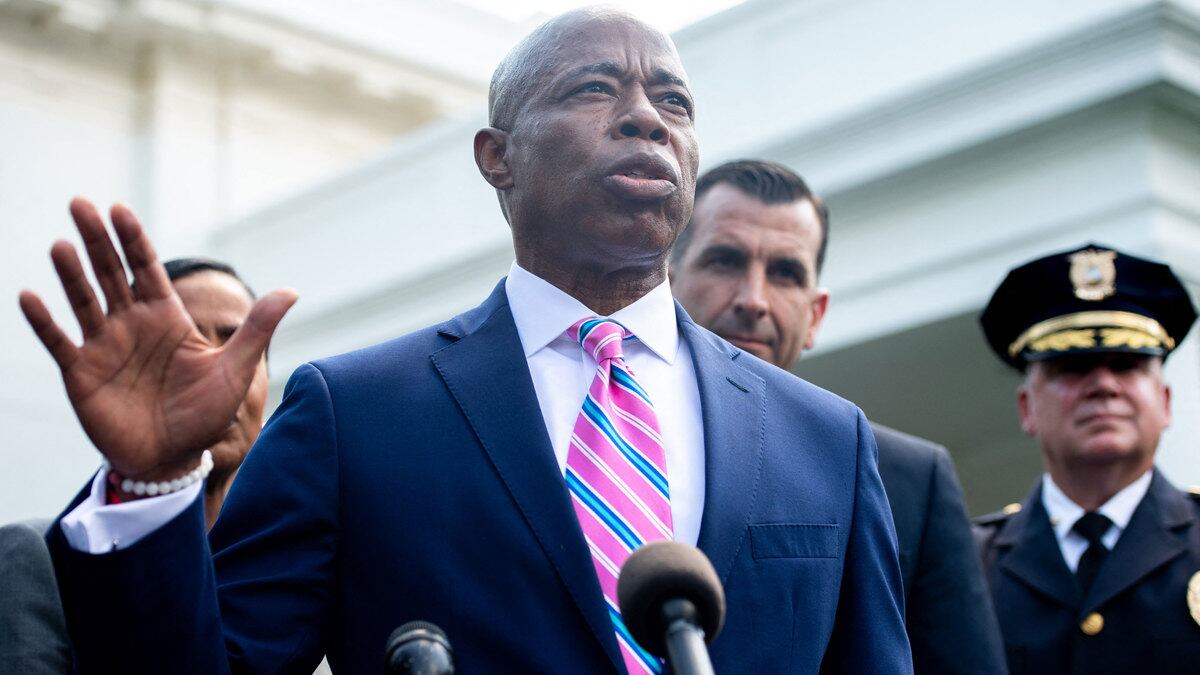Opinion
SAUL LOEB/AFP via Getty
Centrist Democrats’ ‘Tough on Crime’ Plans Aren’t Pragmatic, They’re Delusional
SHORT MEMORIES
New York Mayor Eric Adams and President Joe Biden say their approaches to tackling violent crime are moderate, but they're delusional.
opinion

Trending Now




